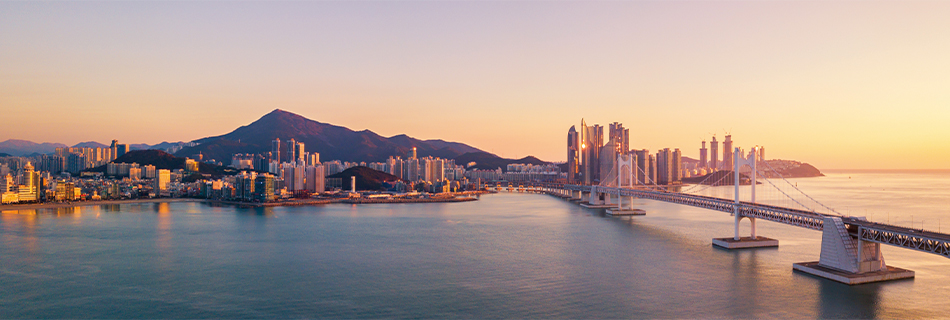Origin of Busan

It is uncertain when people started calling Busan by that name. The name Busan that is used today was derived from the former name for the settlement, Busan-po, which grew on the lower slopes of Mt. Busan (now called Mt. Jeung). Up until the first half of the 15th Century, Busan-po was part of Busan-bukok which was a territory within Dongnae-hyeon, before the Joseon Dynasty. As Busan-bukok disappeared and this region became a permanent residence for Japanese merchants, it became Busan-po.
However, in the second half of the 15th Century, the name Busan-po was given to the entire area at the foot of Mt. Busan. Busan-po could not become an independent regional administrative unit such as a ‘gun’ or ‘hyeon’, but remained under the administration of Dongnae-hyeon.
As Dongnae was acknowledged as a major national strategic defensive site, Busan-jin was built in the 6th year of King Taejo(1397), and Dongnae began to gain in importance not only as an administrative site but also as a strategic military base. Dongnae-hyeon was later upgraded in status to Dongnae-dohobu after the revolt of the Japanese at the three ports of Busan-po, Yeom-po, and Jae-po, because of its strategic importance. Then, after being demoted back to Dongnae-hyeon in 1592 during the Imjin War with Japan, it was later promoted back to Dongnae-bu in 1599 due to its important position in the foreign policy against Japan. This position remained unchanged until the Japanese Occupation in 1910.
On October 1st of that year, Busan was separated completely from Dongnae-bu and became the independent territory of Busan-bu.
